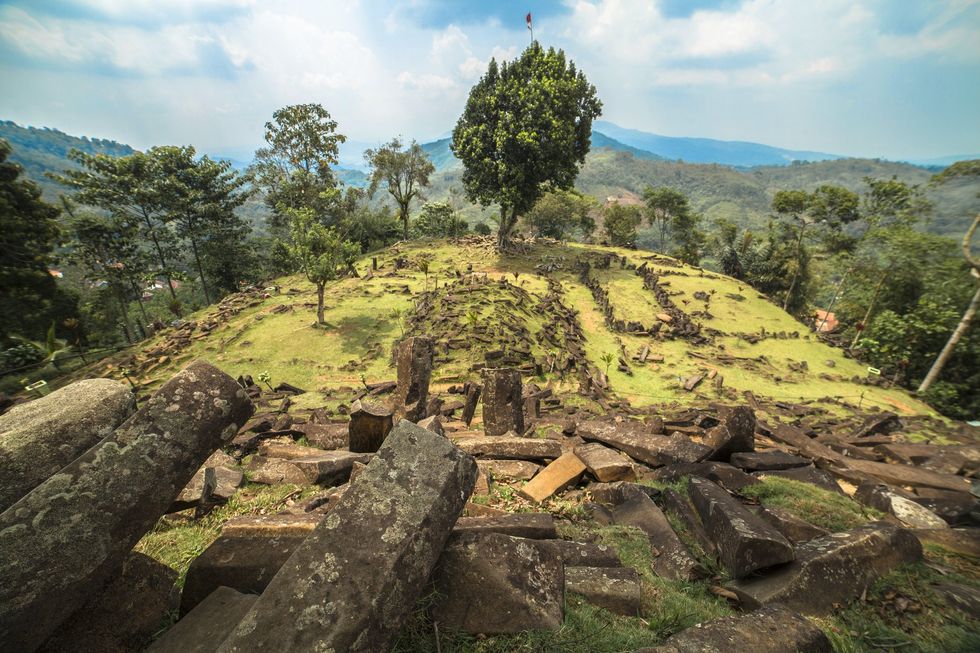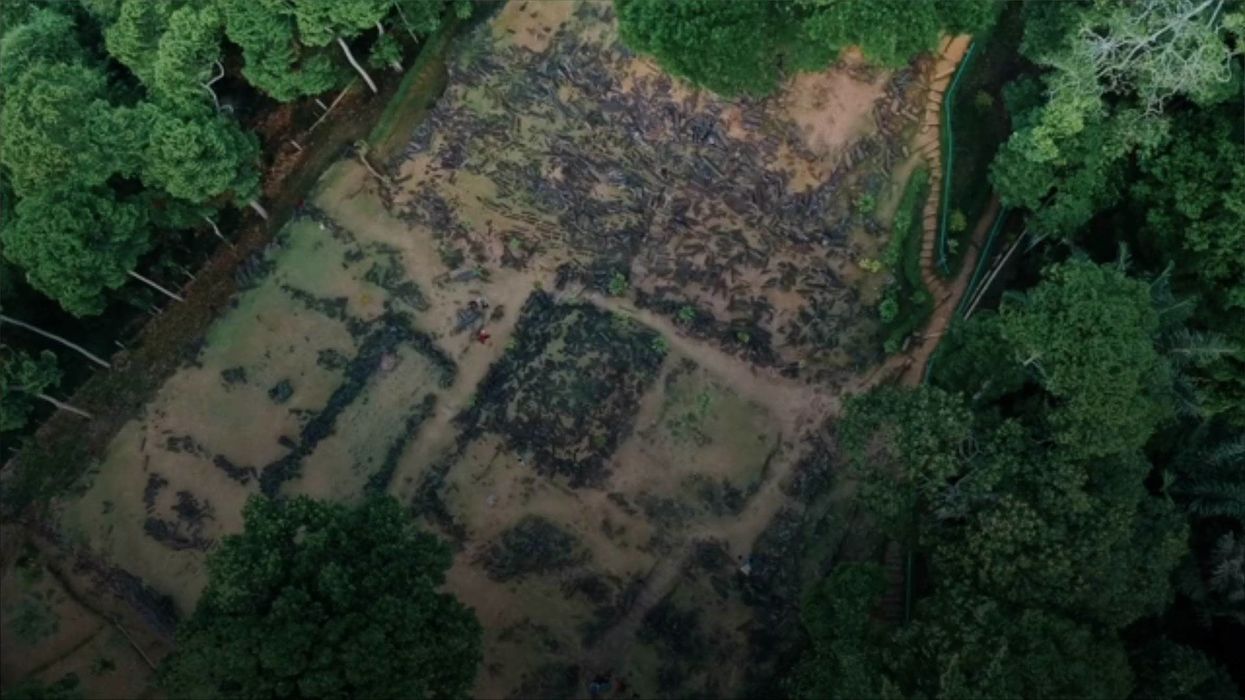Harry Fletcher
Mar 21, 2024
Researchers in Indonesia Claim Prehistoric Pyramid Could Rewrite Human History
Money Talks News / VideoElephant
New scientific discoveries are made all the time, making previous findings redundant, but it's not every day that studies are actually retracted entirely.
That's exactly the case with a study into the Gunung Padang pyramid in Indonesia, which saw scientists claim it was constructed by humans as far back as 25,000 BC last year.
The scientists involved in the study claimed that the pyramid had not been formed naturally and had in fact been sculpted by humans – which would have made it far older than the oldest pyramids in the world.
The journal Archaeological Prospection has now retracted the study, while the scientists behind it have criticised the "unjust" decision.
The research was led by Danny Hilman Natawidjaja of the Indonesian Institute of Sciences the academics, who wrote that “the pyramid’s core consists of meticulously sculpted massive andesite lava” and that the “oldest construction” element of the pyramid “likely originated as a natural lava hill before being sculpted and then architecturally enveloped”.
They wrote in the research published last year: “This study sheds light on advanced masonry skills dating back to the last glacial period. This finding challenges the conventional belief that human civilisation and the development of advanced construction techniques emerged only … with the advent of agriculture approximately 11,000 years ago."
There were concerns raised at the time by people who doubted that the study did indeed prove human activity was involved in the pyramid centuries ago.
Flint Dibble, from Cardiff University, told the journal Nature that there is no clear evidence to suggest the buried layers were built by humans at the time.

“Material rolling down a hill is going to, on average, orient itself,” he said, adding that there’s no evidence of “working or anything to indicate that it’s man-made”.
Now, retracting the study following an investigation into concerns raised in the scientific community, the Archaeological Prospection journal read: "The publisher and the Co-Editors-in-Chief have investigated these concerns and have concluded that the article contains a major error.”
The retraction notice continued: "This error, which was not identified during peer review, is that the radiocarbon dating was applied to soil samples that were not associated with any artifacts or features that could be reliably interpreted as anthropogenic or 'man-made.' Therefore, the interpretation that the site is an ancient pyramid built 9,000 or more years ago is incorrect, and the article must be retracted."
The study authors responded in a statement by stating that it had been "unequivocally established as man-made constructions or archaeological features, rather than natural geological formations. These layers are accompanied by numerous small portable artifacts, providing tangible evidence of their anthropogenic origin."
Sign up for our free indy100 weekly newsletter
How to join the indy100's free WhatsApp channel
Have your say in our news democracy. Click the upvote icon at the top of the page to help raise this article through the indy100 rankings
Top 100
The Conversation (0)














